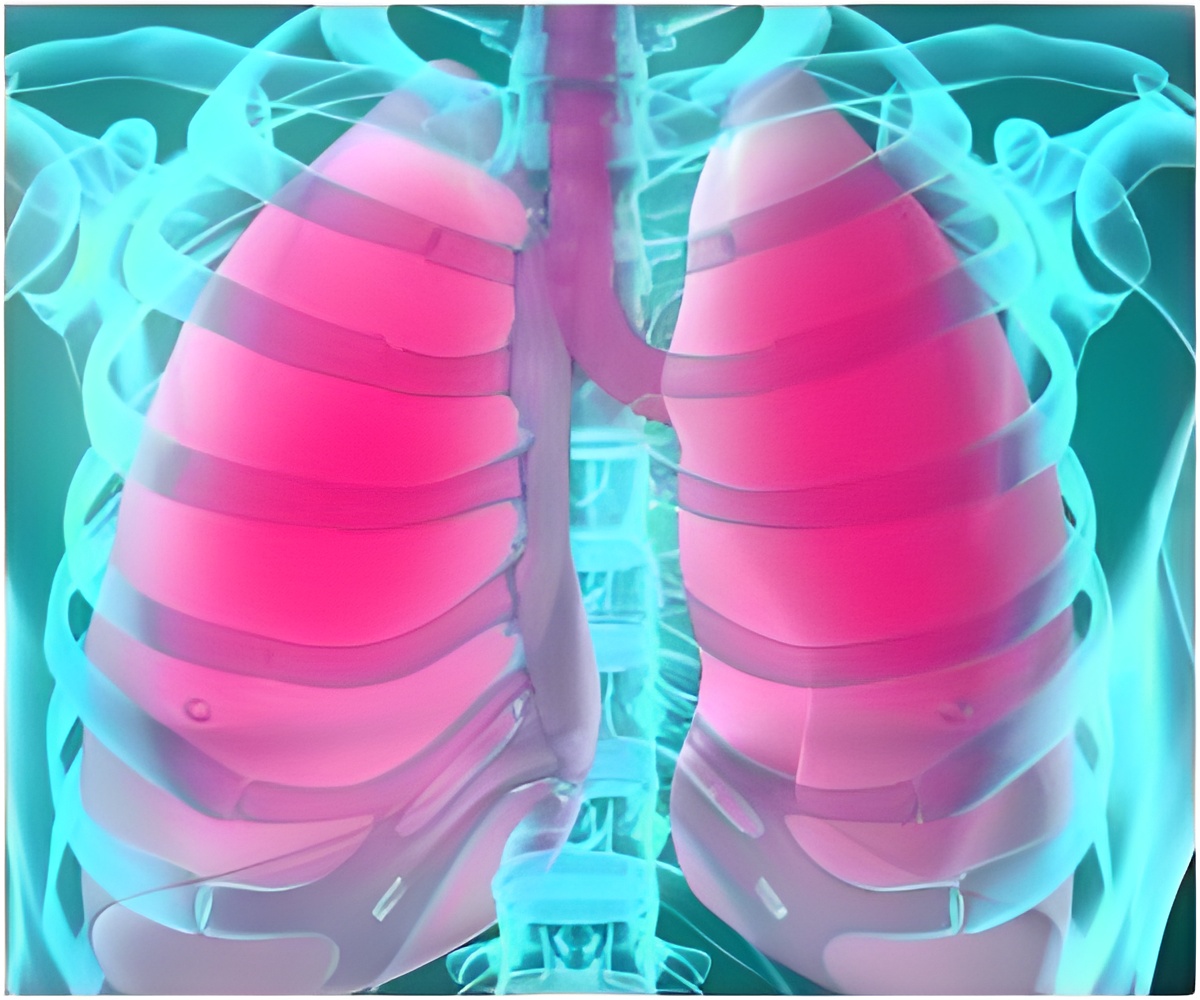
Adding an agonist that mimics the action of growth hormone-releasing hormone – which ultimately enables growth – may stop that second wave, according to research published in the Proceedings of the National Academy of Sciences.
"You have to take antibiotics, if you don't, the bugs will grow and you most likely will die anyway," said Dr. Rudolf Lucas, vascular biologist at the Medical College of Georgia at Georgia Health Sciences University.
Problems start when a bacterium that causes pneumonia, in this case pneumococcus, is inhaled. Symptoms include mucus buildup, cough, fever, chills and shortness of breath. Antibiotics are the front line treatment to kill the infection.
An unfortunate result of bacterium death is release of pneumolysin, a toxin that can trigger formation of holes in the walls of the millions of tiny air sacs and blood vessels in the lungs. The result is that fluid, blood and other products find their way into air sacs that were intended for oxygen exchange.
"It's like making a hole in a bucket," said Lucas. He and Dr. Andrew V. Schally, Distinguished Leonard M. Miller Professor of Pathology & Professor of Hematology/Oncology at the University of Miami Miller School of Medicine, are co-corresponding authors on the study.
Advertisement
Advertisement













